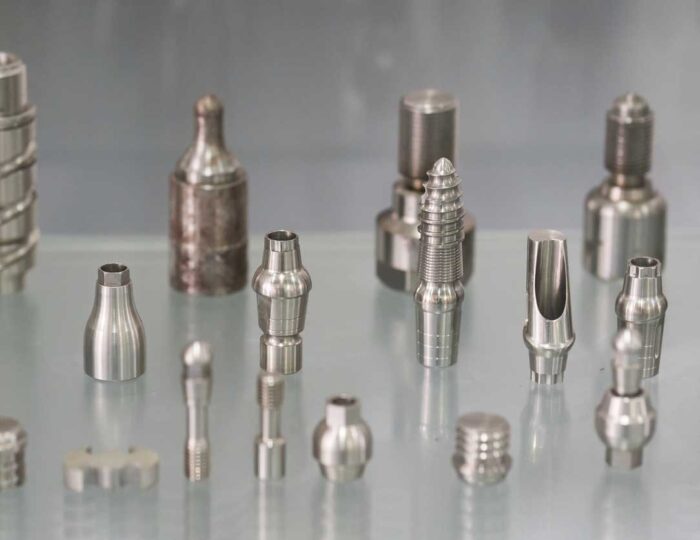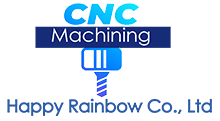Understanding Electronic Turn Parts: Materials and Manufacturing Processes
Materials
Electronic turn parts are components used in the manufacturing of electronic devices and equipment, including but not limited to sensors, circuit boards, and connectors. To produce high-quality electronic turn parts, manufacturers must have a deep understanding of the materials used and the manufacturing processes involved.
Materials commonly used in electronic turn parts include metals such as aluminum, stainless steel, and various grades of steel, as well as plastics and ceramics. Each material has its own unique properties and characteristics that make it suitable for different applications. For example, aluminum alloys are lightweight, have good strength and corrosion resistance, and are often used in applications that require high heat dissipation. Stainless steel is highly resistant to corrosion and has excellent mechanical properties, making it ideal for applications that require high durability and reliability.

Manufacturing Processes
In terms of manufacturing processes, electronic turn parts are typically produced using CNC machining. CNC machining involves the use of computer-controlled machines to precisely shape and cut the material to the required specifications. This process is highly accurate and allows for the production of parts with tight tolerances and complex geometries.
Other manufacturing processes used in the production of electronic turn parts include stamping, laser cutting, and injection molding. These processes are often used for high-volume production runs and can be highly automated, reducing costs and improving efficiency.
To ensure the quality and reliability of electronic turn parts, manufacturers must also implement rigorous quality control processes. This includes testing and inspection at various stages of production to identify and correct any defects or inconsistencies. By understanding the materials used and the manufacturing processes involved, manufacturers can produce high-quality electronic turn parts that meet the specific needs of their customers.
The Role of CNC Machining
CNC (computer numerical control) machining plays a critical role in the production of electronic turn parts. CNC machines use computer-aided design (CAD) software to precisely control the movement of cutting tools and shape raw materials into finished parts.
One of the key advantages of CNC machining is its ability to produce high-quality, precise parts with tight tolerances. CNC machines can produce parts with accuracy levels down to the micron, making them ideal for the production of electronic components that require high precision.
Another advantage of CNC machining is its versatility. CNC machines can work with a wide range of materials, including metals, plastics, and ceramics, allowing manufacturers to produce electronic turn parts in various sizes and shapes.
In addition, CNC machines can be programmed to perform complex operations, such as drilling, tapping, and threading, without the need for manual intervention. This improves efficiency and reduces the risk of human error, leading to higher quality and more consistent parts.
CNC machining also enables manufacturers to produce electronic turn parts in low to high volume production runs, making it a flexible and cost-effective solution for both prototyping and mass production. With the ability to produce high-quality parts with quick turnaround times, CNC machining has become an essential part of the electronic turn part production process.
The Advantages of Using CNC Machining for Electronic Turned Parts
There are several advantages to using CNC machining for electronic turned parts:
- High Precision: CNC machining is a highly precise manufacturing process that can produce parts with extremely tight tolerances. This precision is particularly important for electronic turned parts, which require high levels of accuracy to function properly.
- Consistency: CNC machining is a highly automated process that can produce large quantities of parts with consistent quality. This consistency is essential for electronic turned parts, which must be manufactured to exacting standards in order to ensure their reliability and performance.
- Flexibility: CNC machining can be used to manufacture a wide range of electronic turned parts, from simple components to complex assemblies. This flexibility allows manufacturers to produce parts for a variety of applications, from consumer electronics to medical devices.
- Efficiency: CNC machining is a highly efficient manufacturing process that can produce parts quickly and accurately. This efficiency can help manufacturers reduce costs and improve their competitiveness.
- Customization: CNC machining can be used to produce customized electronic turned parts that are tailored to specific applications. This customization can help manufacturers differentiate their products and meet the unique needs of their customers.
In summary, electronic turned parts are critical components used in a wide range of electronic devices. These parts must be manufactured with precision and consistency in order to ensure their reliability and performance. CNC machining is a highly effective manufacturing process for electronic turned parts, offering advantages such as high precision, consistency, flexibility, efficiency, and customization capabilities. By utilizing CNC machining, manufacturers can produce high-quality electronic turned parts that meet the specific needs of their customers and the demanding requirements of electronic devices.
